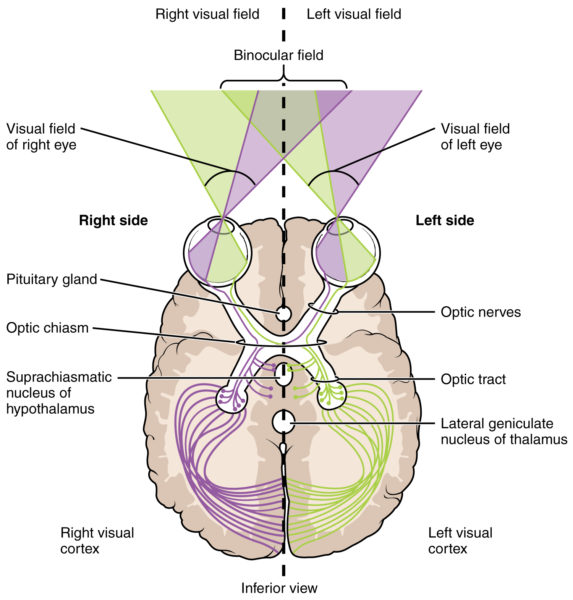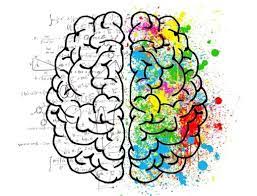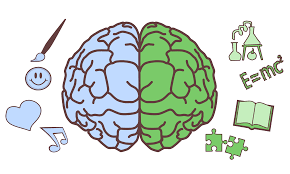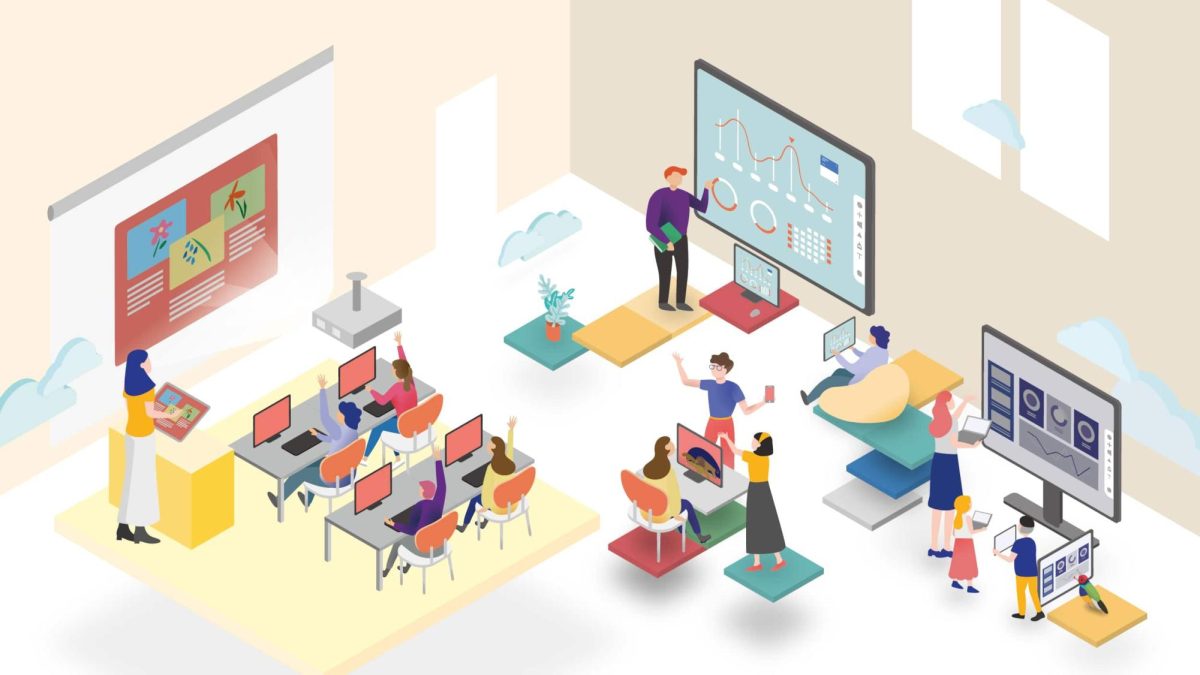Split-brain research
Split brain research is research gathered from studying patients with a cut corpus callosum. The corpus callosum is a thick band of neurons that connect the left and right hemispheres of the brain.

The discovery of split-brain research
In the late 1950’s, Roger Sperry discovered split-brain research. He discovered that humans were that of two minds. Gazzaniga, Roger Sperry’s student, conducted an experiment. He took someone with a severed corpus callosum and flashed a ball to the right visual field of the person. They were able to name what they saw. When a hammer came into view in the left visual field the person was unable to vocally identify the object.
Why is the brain like two different minds?
The brain is a very complex organ. In a documentary posted by NOVA PBS Official, Heather Berlin, a neuroscientist said “It’s as if you have two minds in a single brain.” There are two different hemispheres which control different functions. With a severed corpus callosum the hemispheres can not communicate. In a study posted by NOVA PBS Official, they explained the difference with and without a severed corpus callosum. They found, those with a severed corpus callosum were able to draw two different pictures with both hands at once. Those that had a non-severed corpus callosum were unable to draw the different pictures. Their drawings were a merged version of both.
What hemisphere controls what?
The left hemisphere controls many things. It controls language, writing, logical thought, analysis, and math abilities. It processes info in order and enables one to speak. The right hemisphere controls emotional expression, spatial perception, facial recognition, melodies, and emotion. It processes info globally.
What happens if you lose a hemisphere completely?
According to Jon Hamilton, a journalist who focuses on neuroscience, “Most of the cells in Mora’s left hemisphere had died. The ones that remained were causing her unrelenting seizures. So the Leebs traveled from their home in South Orange, New Jersey, to the Cleveland Clinic, where Dr. William Bingaman performed a hemispherectomy, which removes most of the tissue on one side of the brain. “Basically the surgery created a newborn,” Leeb says. “She could no longer roll over. She could no longer smile. It was almost like a restart””. According to npr.org, Mora became paralyzed on her right side due to the removal of her left hemisphere. When you lose half of your brain you can lose many functions, but how many depends on your age. The younger you are the more unlikely a brain injury will have a great effect, due to neuroplasticity.
What happened in the case study of Phineas Gage?
In a case study about a man named Phineas Gage they discovered the effects of someone with an unimaginable brain injury. It was even more unpredictable that Gage survived this brain Trauma. Gage got caught up in an accident with a tamping iron going through and exiting his skull. “Although a “smart, shrewd businessman” before, Gage now lacked money sense. And although courteous and reverent before, Gage was now “fitful [and] irreverent, indulging at times in the grossest profanity,” said Sam Keen, a journalist for Slate. According to slate.com, after the accident Gage was not himself the “equilibrium” was no longer balanced and many questioned his humanity. Gage’s personality fell to ruins.
The value in split-brain research
This study of research is helpful in understanding how the hemisphere’s communicate. It can explain how our brains communicate. It led to the path to discovery of how both hemispheres can operate alone. Also, what functions they control.













